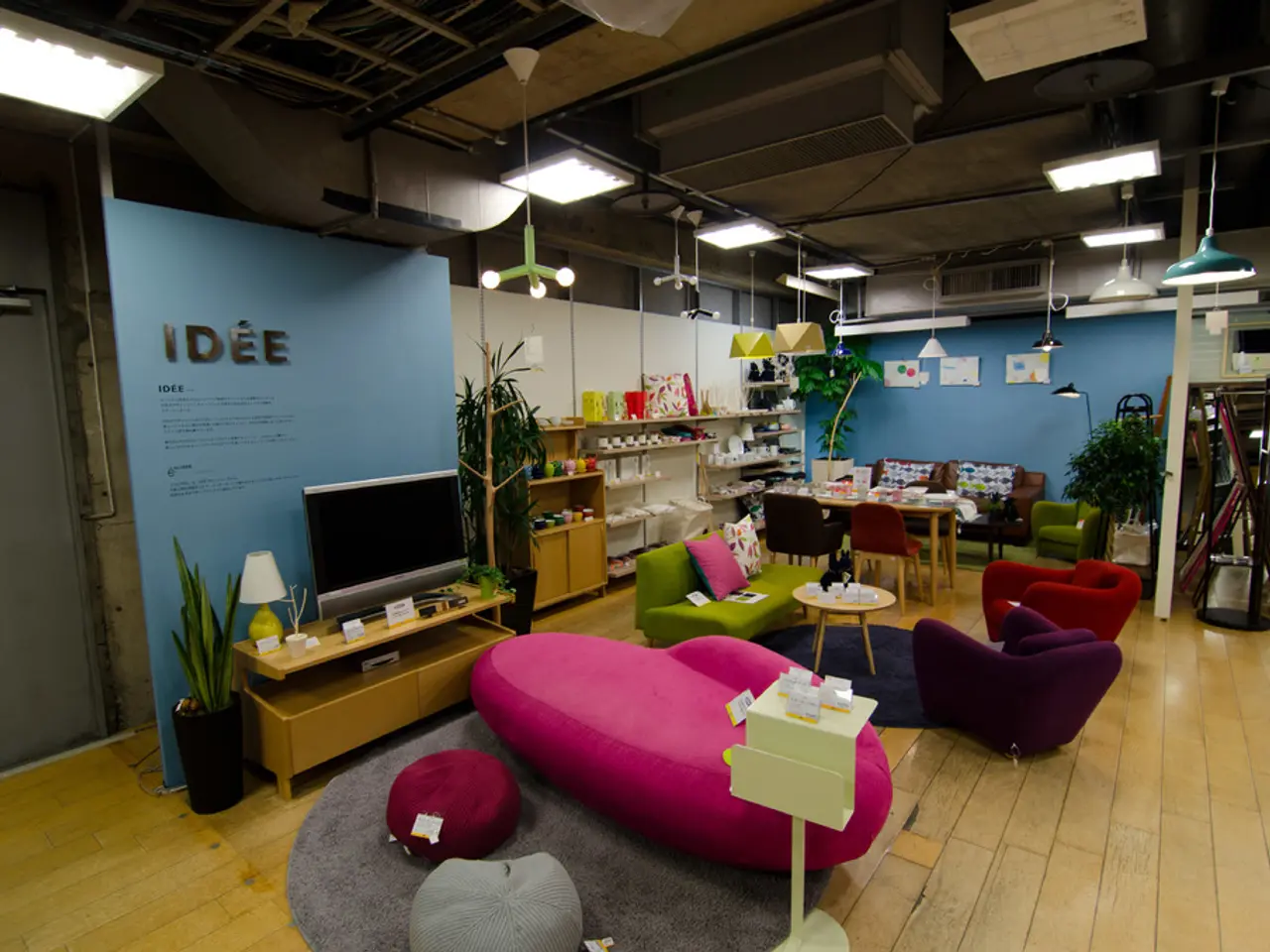Guide for Designing a Home Sensitive to Sensory Needs
In today's article, we will explore strategies for creating a sensory-friendly home environment that supports comfort, focus, and emotional well-being for individuals with sensory processing challenges.
Sensory processing is the brain's ability to take in and make sense of information from our senses. For those with sensory processing challenges, they may experience either too much or too little stimulation through these senses, making it difficult to process and interpret the information.
To help manage sensory needs and enhance executive functioning skills at home, neurodivergent-affirming executive function coaching can provide personalized support.
## Key Strategies
### Lighting Adjustments
Using warm-toned LED bulbs or dimmable lights can avoid harsh brightness, while natural light is ideal but not always possible. Sensory-friendly lights like lava lamps or programmable LED cubes can provide calming effects.
### Calming Color Choices
Choosing soft blues, muted greens, and warm neutrals can help create a peaceful atmosphere, reducing stress and enhancing focus.
### Quiet and Safe Spaces
Creating a calming corner with a small tent, comfort items, and dim lighting can provide a quiet space for relaxation. Noise-canceling headphones can be useful during busy times, while thick rugs, curtains, and cushions can help reduce noise and echoes.
### Environmental Modifications
Keeping spaces tidy and incorporating soft cushions and comfortable seating can help reduce visual overstimulation and create a sense of safety and relaxation.
### Sensory Tools and Visual Aids
Providing deep pressure stimulation through weighted blankets and using emotion charts or calming images can support emotional regulation.
## Additional Tips for Sensory Rooms
Incorporating tactile elements like fiber optics or sensory mats and using non-reflective materials can help reduce sensory overload.
By implementing these strategies, you can create a home environment that supports comfort, focus, and emotional well-being for individuals with sensory processing challenges. It's important to regularly reassess a learner's sensory experiences at home as preferences can change over time. Changes should be consistent and comprehensive, as sensory overload can still occur despite efforts to modify the home environment.
For individuals with diagnoses such as ADHD, OCD, or Autism, this number jumps to 40-88%. Consulting with a child's care team can provide additional information about a child's sensory responses in different settings. Involving everyone in the home in the process of making the home sensory-friendly ensures everyone is on the same page and feels better equipped to support someone experiencing sensory overload.
Creating a sensory-friendly home can help learners with diverse sensory needs feel more comfortable while learning, socializing, and practicing independence. Sensory tools, including stress balls, can assist students in self-regulation and help them maintain focus throughout learning activities.
Research estimates that 10-55% of learners without formal diagnoses have differences in the way they process sensory information. By understanding our biological responses and the existing scientific theories, we can better understand sensory processing and its impact on development and behavior.
For more strategies and resources, visit the Executive Functioning Resource Hub or the Sensational Brain's helpful checklist for guiding discussions about sensory experiences at home. Missed opportunities for self-advocacy can occur when learners are not involved in decisions about their support needs. Sensory differences are not one-size-fits-all, and it's common for people to have a mix of these experiences.
[1] Neurodivergent Coaching, (2021). Sensory Processing Challenges: How to Create a Sensory-Friendly Home. [online] Available at: [Accessed 24 Feb. 2023].
[2] The Sensory Spectrum, (2021). Sensory-Friendly Home Modifications. [online] Available at: [Accessed 24 Feb. 2023].
[3] The Sensory Spectrum, (2021). Sensory-Friendly Lighting. [online] Available at: [Accessed 24 Feb. 2023].
Life skills coaching that focuses on mental health and wellness can help individuals with sensory processing challenges develop strategies for managing their sensory needs at home. Incorporating science-based techniques such as understanding and modifying a home environment, like adjusting lighting and colors, can help reduce sensory overload and promote health-and-wellness. Lifestyle choices, such as keeping spaces tidy and creating sensory-friendly corners, can also support comfort and concentration. Furthermore, integrating home-and-garden elements like tactile mats and soft furnishings into the design can provide additional benefits for individuals with sensory processing challenges, enhancing their overall lifestyle.




